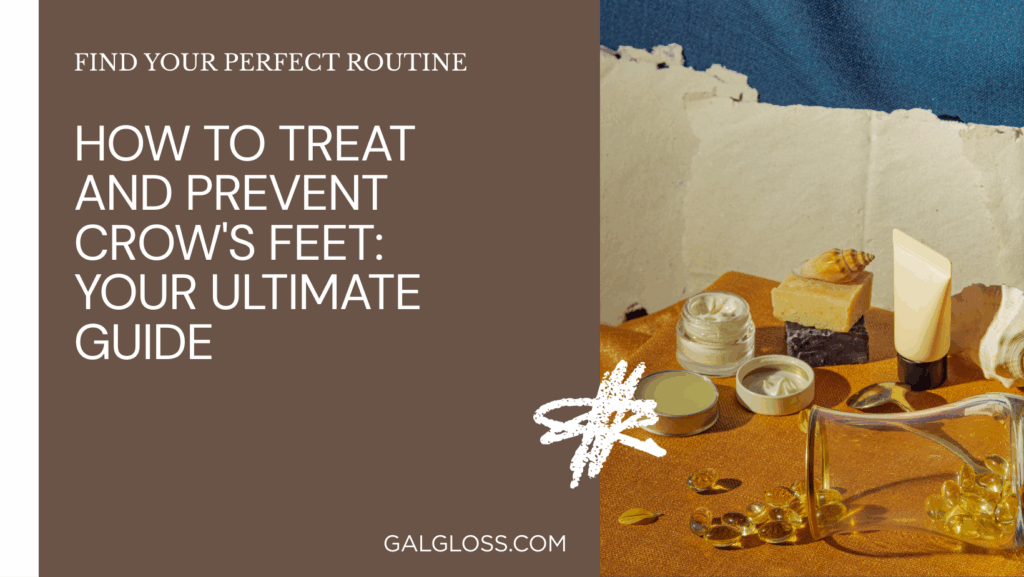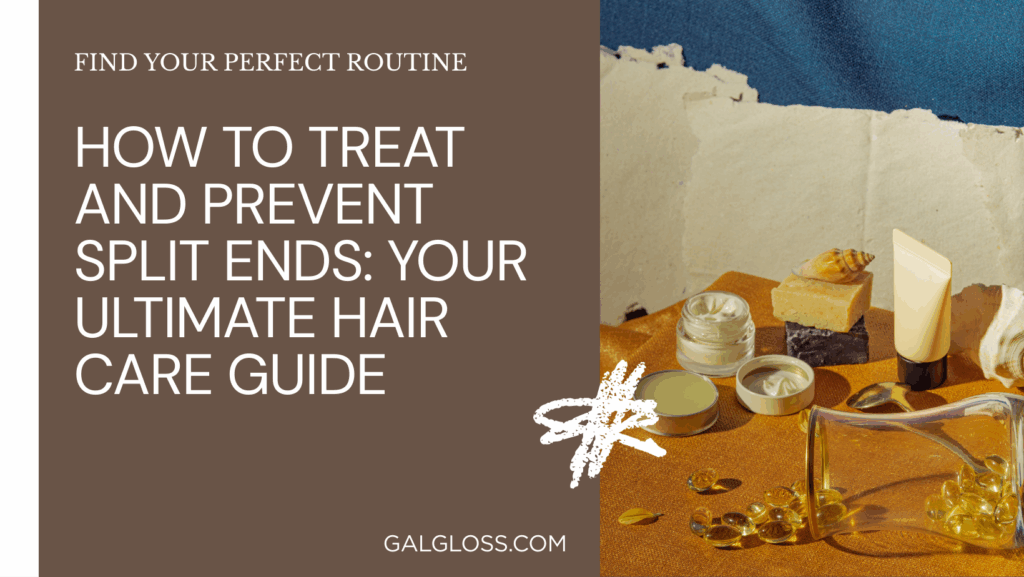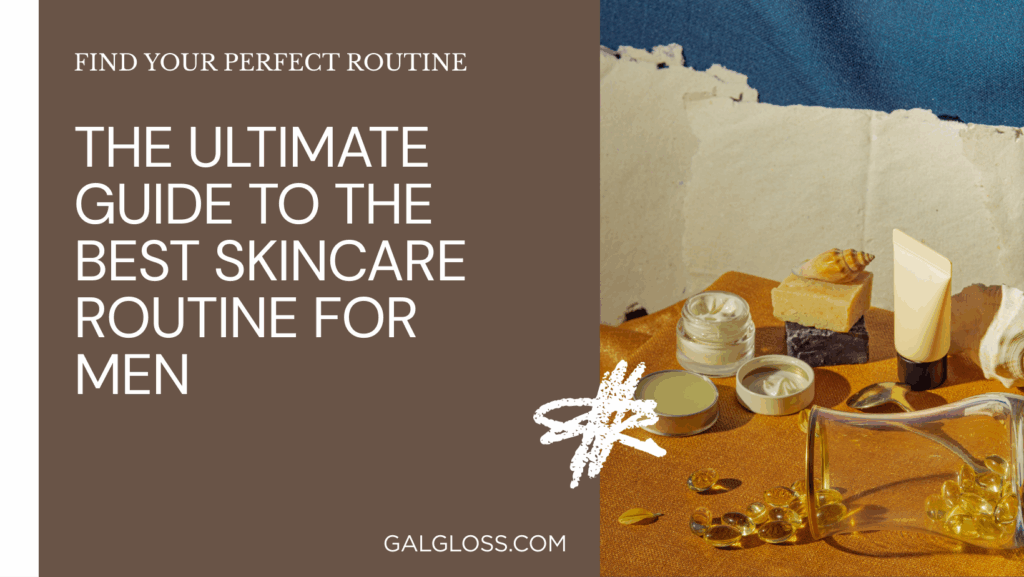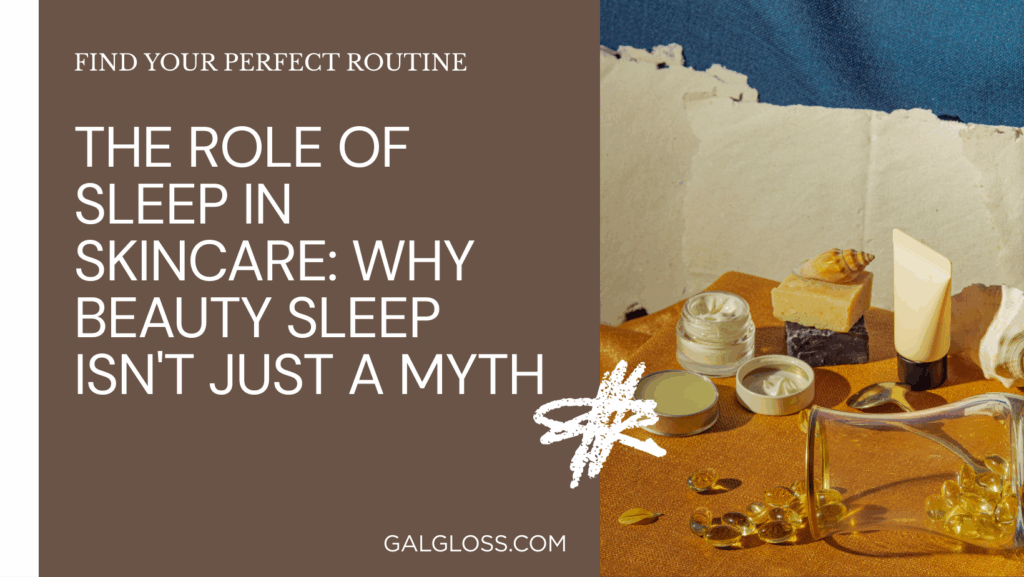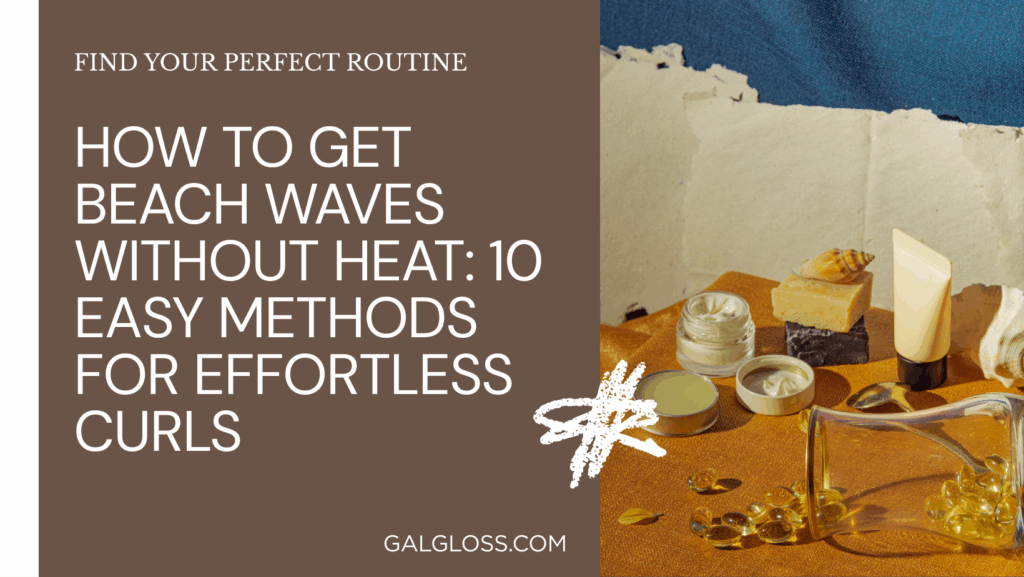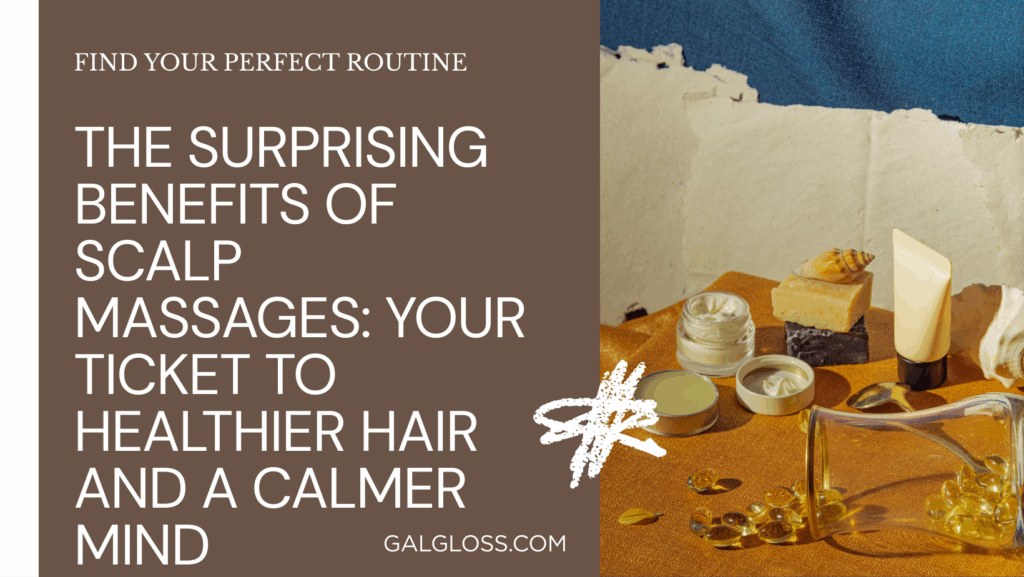Ever looked in the mirror and noticed your hair ends looking a bit… frayed? Yep, we’ve all been there. Split ends are like those uninvited guests at a party – they show up when you least expect them and can really dampen your mood. But don’t worry, I’ve got your back!
In this comprehensive guide, we’ll dive deep into the world of split ends. We’ll explore what causes them, how to prevent them, and most importantly, how to treat them when they do show up. By the time you’re done reading, you’ll be armed with all the knowledge you need to keep your locks looking luscious and healthy.
Ready to say goodbye to those pesky split ends? Let’s get started!
What Are Split Ends, Anyway?
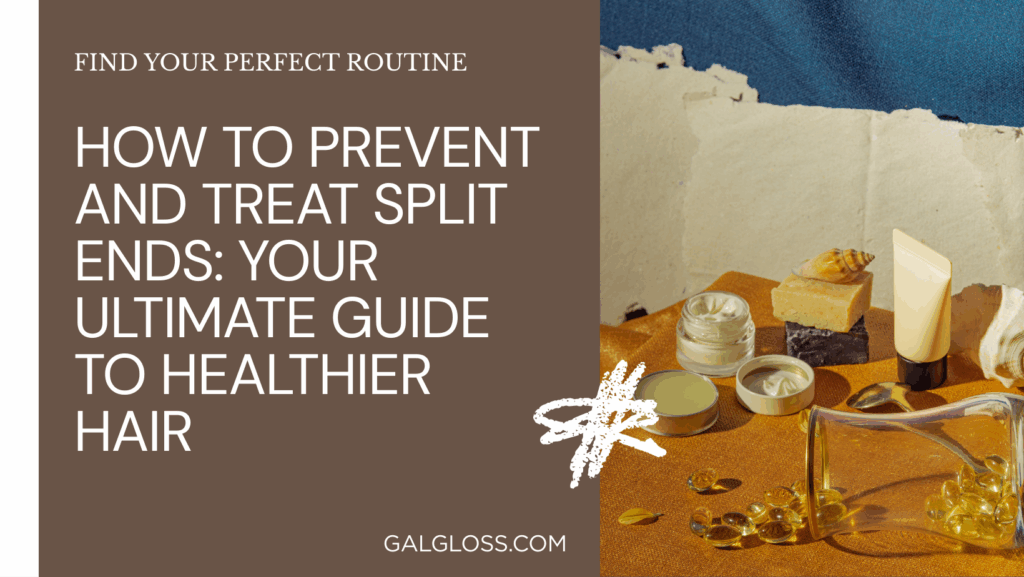
Before we jump into prevention and treatment, let’s get to the root of the problem. What exactly are split ends?
Split ends, also known as trichoptilosis in the hair care world, occur when the protective outer layer of your hair (the cuticle) becomes damaged. This damage causes the hair shaft to split into two or more fragments, creating that frayed, worn-out look we all dread.
Think of your hair like a rope. When it’s new and well-maintained, it’s strong and smooth. But with wear and tear, the fibers start to fray and come apart. That’s essentially what’s happening with your hair when you get split ends.
Why Should You Care About Split Ends?
You might be wondering, “Why all the fuss about split ends?” Well, here’s the deal:
- Appearance: Split ends make your hair look dull, frizzy, and unhealthy.
- Hair health: They can travel up the hair shaft, causing more damage if left untreated.
- Manageability: Hair with split ends is harder to style and maintain.
- Growth: Severe splitting can lead to breakage, hindering your hair growth goals.
What Causes Split Ends?
Now that we know what split ends are and why they’re a problem, let’s talk about what causes them. Spoiler alert: it’s not just one thing!
- Heat styling: Those flat irons and curling wands you love? They’re not so loving to your hair.
- Chemical treatments: Coloring, bleaching, perming – they all take a toll.
- Overwashing: Yes, there is such a thing as too clean when it comes to hair.
- Rough towel drying: Rubbing your hair vigorously with a towel is a no-no.
- Environmental factors: Sun, wind, and pollution can all contribute to damage.
- Poor diet: Your hair needs nutrients to stay healthy, just like the rest of your body.
- Lack of trims: Regular trims help prevent split ends from spreading.
How to Prevent Split Ends
Now for the good stuff – how to keep those split ends at bay. Here are some tried-and-true prevention tips:
1. Treat Your Hair Like Fine Silk
Would you scrub silk with a rough towel or blast it with high heat? Of course not! Treat your hair with the same gentle care:
- Use a microfiber towel or an old t-shirt to gently blot your hair dry.
- Detangle with a wide-tooth comb, starting from the ends and working your way up.
- Sleep on a silk or satin pillowcase to reduce friction.
2. Dial Down the Heat
Heat styling tools are often the culprits behind split ends. Here’s how to minimize the damage:
- Use heat protectant products before styling.
- Lower the temperature on your styling tools.
- Give your hair heat-free days whenever possible.
- Try heatless styling methods like overnight braids or hair rollers.
3. Nourish Your Hair from the Inside Out
Remember, healthy hair starts with a healthy body:
- Eat a balanced diet rich in proteins, vitamins, and minerals.
- Stay hydrated – your hair needs water too!
- Consider supplements like biotin, keratin, or collagen (but consult with a healthcare professional first).
4. Choose Your Hair Products Wisely
Not all hair products are created equal. Look for:
- Sulfate-free shampoos to avoid stripping your hair of natural oils.
- Deep conditioning treatments to keep your hair moisturized.
- Leave-in conditioners for extra protection.
5. Regular Trims Are Your Friend
I know, I know – you’re trying to grow your hair out. But hear me out:
- Regular trims (every 6-8 weeks) help prevent split ends from traveling up the hair shaft.
- You don’t need to cut off much – even a 1/4 inch trim can make a difference.
How to Treat Split Ends
Despite our best efforts, sometimes split ends happen. Here’s what you can do when they show up:
1. Deep Conditioning Treatments
Give your hair some extra TLC with deep conditioning treatments:
- Use store-bought deep conditioners or hair masks once a week.
- Try DIY treatments like avocado or coconut oil masks.
- Leave the treatment on for at least 30 minutes for maximum benefit.
2. Hair Oils Are Your BFF
Hair oils can work wonders for split ends:
- Apply a small amount of argan, jojoba, or coconut oil to your ends daily.
- Use as a pre-shampoo treatment for extra nourishment.
- Remember, a little goes a long way – don’t overdo it!
3. Leave-In Conditioners and Serums
These products provide ongoing protection throughout the day:
- Apply a leave-in conditioner after washing your hair.
- Use a hair serum focusing on the ends before styling.
4. Protein Treatments
Protein treatments can help strengthen your hair:
- Look for products containing keratin or other proteins.
- Use once a month, or as directed on the product.
- Be careful not to overuse – too much protein can make hair brittle.
5. The Last Resort: Trimming
Sometimes, the only way to truly get rid of split ends is to cut them off:
- If your ends are severely damaged, consider a more substantial trim.
- Try “dusting” – a technique where only the very ends are trimmed.
DIY Hair Masks for Split Ends
Want to give your hair some homemade love? Try these DIY hair masks:
- Avocado and Olive Oil Mask:
- Mash 1 ripe avocado with 2 tablespoons of olive oil.
- Apply to damp hair, focusing on the ends.
- Leave for 30 minutes, then rinse and shampoo as usual.
- Egg and Yogurt Mask:
- Mix 1 egg with 1/4 cup of plain yogurt.
- Apply to hair, cover with a shower cap, and leave for 20 minutes.
- Rinse with cool water (to avoid cooking the egg!) and shampoo.
- Honey and Banana Mask:
- Blend 1 ripe banana with 2 tablespoons of honey.
- Apply to hair, leave for 30 minutes, then rinse and shampoo.
Lifestyle Changes for Healthier Hair
Preventing split ends isn’t just about what you do to your hair – it’s also about your overall lifestyle:
- Reduce stress: High stress levels can affect hair health. Try meditation, yoga, or other relaxation techniques.
- Stay hydrated: Drink plenty of water to keep your hair (and the rest of you) hydrated.
- Protect your hair while swimming: Wear a swim cap or apply a leave-in conditioner before taking a dip.
- Be gentle when styling: Avoid tight hairstyles that put stress on your hair.
- Get enough sleep: Your body (including your hair) repairs itself while you sleep.
When to Seek Professional Help
Sometimes, despite our best efforts, split ends persist. If you’ve tried everything and still can’t get those split ends under control, it might be time to seek professional help:
- Consult a trichologist: These hair and scalp specialists can provide personalized advice.
- Visit a reputable salon: Professional stylists can assess your hair health and recommend treatments.
- Consider a hair spa treatment: Many salons offer intensive treatments designed to repair damaged hair.
Conclusion: Embrace Your Hair Journey
Dealing with split ends can feel like an uphill battle, but remember – it’s all part of your unique hair journey. Every strand tells a story, and with the right care and attention, you can write a happy ending for your locks.
Remember, prevention is key. Treat your hair gently, nourish it well, and protect it from damage. But if split ends do show up, don’t panic! With the treatments and tips we’ve discussed, you’re well-equipped to tackle them head-on.
Healthy, split-end-free hair isn’t achieved overnight. It’s a process that requires patience, consistency, and a bit of experimentation to find what works best for you. So embrace the journey, have fun trying out different treatments, and most importantly, love your hair at every stage.
